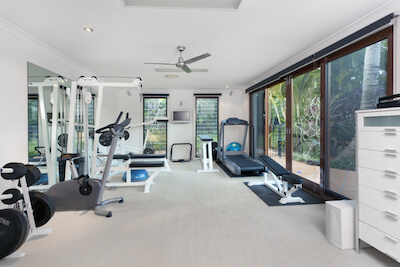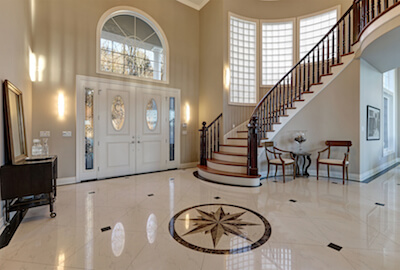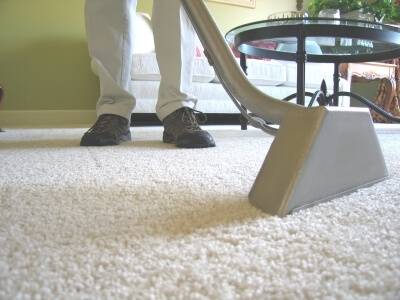Choosing Pet-Friendly Carpeting for Fur-Friendly Homes
You spend a lot of time remodeling your home. You contemplate each detail, painfully researching the “best” of everything. Slowly, it all comes together. You love what you see! You’re excited to start living.
But if you have pets, it’s not as simple as selecting what you love. White carpets and messy pets don’t mix. Your dogs don’t understand that you’ve installed new carpeting. They just want to live the way they’ve always lived before.
A lot of customers come in with durability and maintenance in mind. They’ve dreamed about hardwood, have looked into engineered wood, and might have considered luxury vinyl. But at the end of the day, they adore their pets. They know comfort and safety is what they need most.
Pets run and scamper. They spend their time trotting alongside you, ready for whatever the day has in store. And hard surfaces can really take their toll.
Pet-friendly carpeting is what you need and desire. No need to forgo style and aesthetics. You can have it all with carpeting.
Why Carpet is a Great Choice for Pet-Friendly Flooring
Why do pet owners and homeowners select carpeting for their rooms? Because it’s soft and comfy. Why not make the flooring a big, cozy blanket for your fur friend?
It’s gentle on their paws and joints, which is especially nice for older pets or those with mobility issues. Plus, it gives them good traction, so they won’t slip and slide around like they might on hardwood or tile floors.
Carpet also helps keep things quiet around the house. You know how loud it can get when your pet’s nails click-clack on hard floors? With carpet, that noise gets muffled, making for a more peaceful environment. And let’s not forget about warmth! Carpet holds onto heat better than hard floors, so it’s like a warm hug for your pet, especially during chilly weather. They’ll love settling down on a cold winter morning when the Colorado snow won’t quit falling.
 Another big plus is that many of today’s most popular carpet materials are made to resist stains. So if your pet has an accident or spills something, it’s not the end of the world. Just a quick cleanup, and your carpet will be good as new. And don’t worry about cleanup taking a lot of time. Carpets are generally pretty easy to maintain. Just vacuum regularly and give it a steam clean every now and then to keep it looking fresh.
Another big plus is that many of today’s most popular carpet materials are made to resist stains. So if your pet has an accident or spills something, it’s not the end of the world. Just a quick cleanup, and your carpet will be good as new. And don’t worry about cleanup taking a lot of time. Carpets are generally pretty easy to maintain. Just vacuum regularly and give it a steam clean every now and then to keep it looking fresh.
Carpeting is built to handle lots of foot traffic, including the occasional zoomies from your pet. Here’s where it pays to watch what you select. Pick a carpet with a tight weave and stain-resistant fibers for extra durability. Have any questions? This is where a reputable, knowledgeable flooring expert can help. They can point you toward finding carpeting that both you and your pet will love.
3 Pet-Friendly Carpet Materials To Choose From
Carpet is one of the most abundant flooring choices on the market today. Walk into any flooring center, and find row after row of selections. Where do you start? Where do you begin?
The first step is realizing that not all carpet choices are good for your pet-friendly home. But we’ve selected these three as our favorites.
Nylon Carpet
Nylon carpet is a fantastic choice for pet-friendly homes for several reasons. First off, it’s super durable. That means it can handle the constant traffic from your furry pals without showing signs of wear and tear too quickly. Nylon carpets are often treated with stain-resistant coatings, making them less likely to get stained if your pet has an accident or spills something.
Another big perk of nylon carpet is its resilience. It can bounce back from being squished or flattened out, so the carpet will still look good, even if your pet likes to lounge in the same spot every day. Nylon is pretty good at resisting odors, which is a big plus in pet-friendly homes where accidents can happen.
Nylon carpet is also easy to clean, which is a huge relief for pet owners. Just a quick vacuuming or spot cleaning can usually take care of any messes your pet leaves behind. And if something does manage to stain the carpet, it’s often easier to remove compared to other types of carpet fibers.
Nylon carpets come in a wide range of styles and colors, so you can find one that matches your home’s decor and your pet’s personality. Whether you prefer a plush carpet for your pet to snuggle on or a low-pile carpet that’s easy to clean, there’s a nylon option out there for you.
Polyester Carpet
Polyester carpet is a top-notch pick for homes with pets, offering a bunch of perks that make it a pet owner’s dream flooring. At the top of the list, it’s naturally resistant to stains. That means the polyester fibers repel liquids when your furry friend has an accident or spills something, making cleanup a breeze.
Polyester carpet is also super soft and cozy, perfect for lounging and playing on. And the best part? You don’t have to break the bank to get it. Compared to other options, polyester carpet is usually more budget-friendly, so you can enjoy durability and comfort without splurging.
When it comes to style, polyester carpets have you covered. They come in all sorts of colors and textures, so you can find one that fits your home decor and your pet’s vibe. Plus, polyester fibers are hypoallergenic, which means they help keep allergens like pet dander at bay, making them a smart choice for allergy-prone households.
Many are also thrilled to learn that polyester carpet is fade-resistant. Even in sun-soaked areas, it holds onto its color, keeping your carpet looking fresh and vibrant for longer. And just like nylon, polyester carpets are easy to clean, so you can spend less time worrying about messes and more time enjoying cuddles with your pet.
Wool Carpet
Wool carpet might not be the first thing that pops into mind for pet-friendly flooring, but it’s got some fantastic qualities that make it a great choice for homes with furry friends. Wool is super durable. Its fibers are naturally tough, so they can handle the hustle and bustle of pets scampering around without wearing out too quickly.
Surprisingly, wool is also naturally resistant to stains. The fibers have a protective coating that repels liquids, giving you a bit of extra time to clean up spills before they become permanent stains. And when it comes to smells, wool is a champ at absorbing and neutralizing odors, which is a big win in pet-friendly homes.
Another cool thing about wool is its insulation properties. It helps keep your home cozy all year round, which your pets will definitely appreciate during nap time. Plus, wool fibers have a natural bounce-back ability, so even if your pet likes to hang out in the same spot all the time, the carpet will still look good as new.
And here’s a bonus: wool is hypoallergenic! That means it’s less likely to trigger allergies in pet owners, making it a smart choice for allergy-prone households. While wool carpet requires a bit more care and investment upfront, its durability, stain resistance, odor control, insulation, resilience, and hypoallergenic nature make it a surprisingly pet-friendly option for many homes.
What’ll It Be?
What’s your choice? Which carpet material works best for you? There isn’t a right or wrong answer. Instead, it’s about finding the right solution to suit your needs.
How can we help you find the pet-friendly carpet of your dreams?
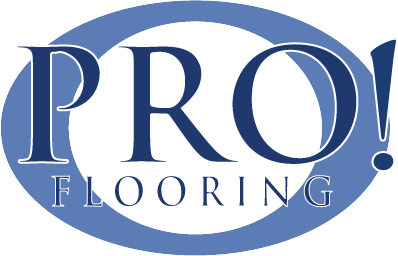
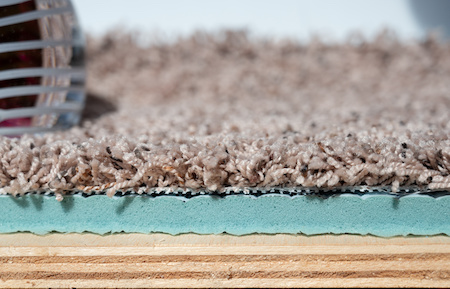 Not all carpets are created equal, and the same goes for padding. For example, a dense, low-pile carpet may require less padding than a softer, high-pile one. Understanding the characteristics of your carpet will help you make an informed decision about the appropriate thickness for your specific flooring needs.
Not all carpets are created equal, and the same goes for padding. For example, a dense, low-pile carpet may require less padding than a softer, high-pile one. Understanding the characteristics of your carpet will help you make an informed decision about the appropriate thickness for your specific flooring needs.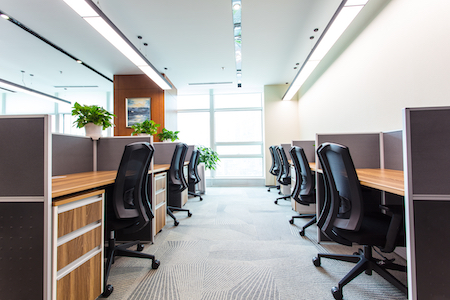 What activities take place in your commercial location? That’s where you start when selecting commercial flooring. Medical offices are different from law offices. Each commercial space should select durability based on individual needs.
What activities take place in your commercial location? That’s where you start when selecting commercial flooring. Medical offices are different from law offices. Each commercial space should select durability based on individual needs.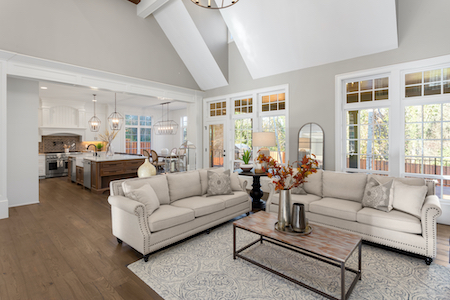 Chances are if you’re reading this, you’re already sold on the concept.
Chances are if you’re reading this, you’re already sold on the concept.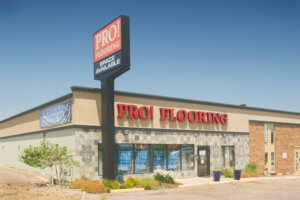 When you are searching for
When you are searching for 